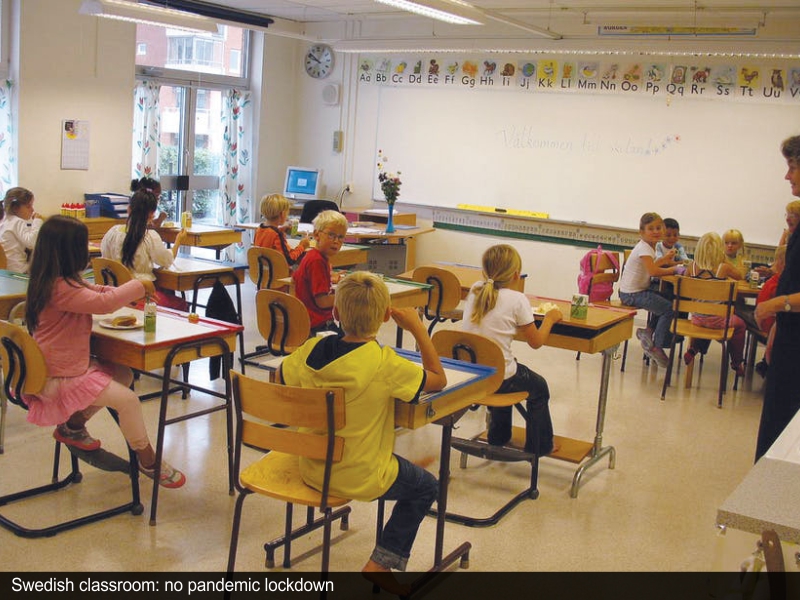Europe: Schools closure pains

No one is ever truly ready for lockdown. But when the Netherlands closed its schools last December, the Herman Wesselink College, a government high school in a well-off suburb of Amsterdam, was readier than most. About half its students have parents who completed higher education. Nearly all have their own bedroom to study in. The school has given its pupils laptops for years, and during the first lockdown last spring switched smoothly to remote learning. The director says students have not fallen behind a whit in terms of content, though their study skills have languished.
The Mundus College, a trade (vocational) school in a poorer Amsterdam neighbourhood, has had it rougher. About a third of its students are new immigrants or refugees. Vocational education is hard to do remotely. Classes have stayed open at half-size under an exception for vulnerable students, but it is impossible to follow social-distancing rules for subjects like nursing, says Diana Brummelhuis, the director. “You can’t teach someone to handle a wheelchair by lecturing.” She estimates that her pupils are lagging at least a quarter behind their normal pace.
Such contrasts are playing out all over Europe. On a continent famous for its welfare systems, school closures threaten to widen divisions of education, ethnicity and class. Compared with the rest of the world, Europe hasn’t done badly during the pandemic. Most of its schools reopened last autumn (September), while in South America and South Asia they are largely shut. But Covid-19’s second wave has forced many European schools to close again.
This hurts all pupils, but hits the poor and vulnerable ones harder. France’s education ministry says that last spring’s lockdown increased the gap in exam scores between normal (government) schools and ones in hard-up areas by several points. In Germany, that first lockdown cut studying time from 7.4 hours per day to 3.6. An analysis of last year’s national exam results in the Netherlands came up with the depressing finding that during the spring lockdown, the average pupil had learned nothing at all. Those whose parents were poorly educated did even worse: they emerged from their first two months of schooling by Internet knowing less than when they started.
France has been the most determined of any European country not to let schools close, arguing that the risks to educational attainment and social cohesion are greater than those to public health. Last spring (April) President Emmanuel Macron overrode advice from epidemiologists and ordered schools to reopen. They have stayed that way, though since November most high schools have worked in shifts. Germany closed its schools from December 16 until at least February 15. Its state governments would like to start reopening them, but Chancellor Angela Merkel wants to wait until Covid-19 caseloads fall by half from current levels. Northern Europe has roughly followed the German pattern (apart from contrarian Sweden, which closed only briefly in January).
In southern Europe, closures have been less widespread. Spanish schools have stayed open since autumn, though most high schools use some distance-learning. Some 35,000-40,000 new teachers and assistants have been hired to reduce class sizes. In Italy, primary schooling has not been interrupted. High schools, shut in November, have reopened for most classes. Both countries have struggled with remote classrooms, thanks to dodgy Internet connections and a lack of computers among poorer pupils.
At least the gravity of the threat to education has sunk in. Austria, Denmark and the Netherlands reopened their primary schools on February 8; Romania reopened primary and most high schools as well. The question is what governments will do if infection rates rise in the spring: close schools again, or find other painful measures (such as curfews or bans on house visits) to compensate for keeping children in class.
(Excerpted and adapted from Times Higher Education and The Economist)
















Add comment